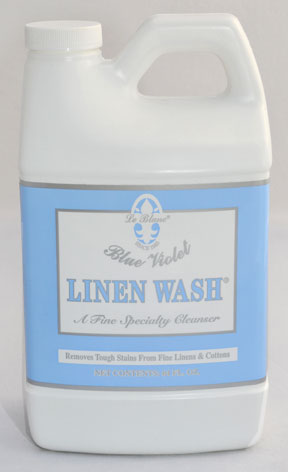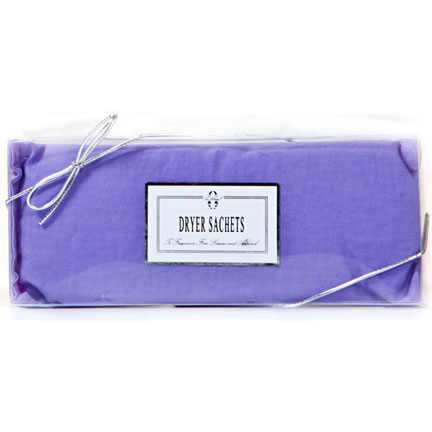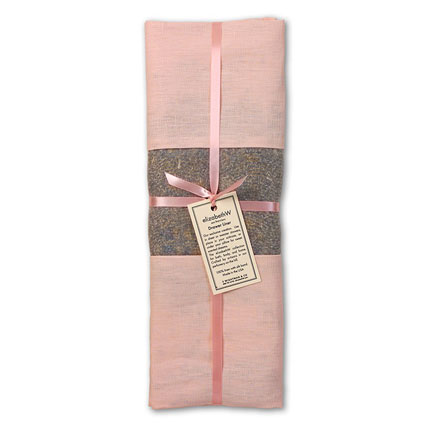Caring for your bed linens can be easy if you follow some simple suggestions. In return, you will prolong the life of your bed linens and preserve their beautiful appearance. While we recommend always reading the care label on each item for best results, here are some other helpful tips that will keep your linens fresh and clean.
Washing – Prewash your linens before first use. Separate your linens from other items in the wash, especially those containing polyester, which tends to create pilling, and items with heavy zippers, which can damage the fabric. Separate light and dark colors. Avoid overloading the washing machine, which can cause fibers to break down from excessive abrasion and agitation. You can wash most linens in warm water on a gentle cycle with a cold-water rinse, but be sure to check the care label.
Detergent – Use a mild detergent without added bleach, whiteners, or fabric softeners. Do not pour detergent directly on textiles; rather, add it to the water as the wash tub fills or dilute detergent with water, then add linens. Unless linens are very soiled, you only need to use half the recommended amount of detergent. We love LeBlanc‘s Linen Wash in Blue Violet, which has a pH-balanced, bleach-free formula with a soft, floral scent.

Bleaching – Chlorine bleach will weaken fibers and cause the fabric to yellow. If white fabrics need bleaching, use an oxygen-based bleach.
Drying – While line drying outdoors is gentle, safe, and imbues linens with the fresh scent of the outdoors and natural bleaching of the sun, it is not always practical. You can machine dry most linens on low heat, but be sure to check the care label. Shake out damp linens before placing in the dryer. Never use a high heat setting, which will weaken the fibers, damage the fabric, increase shrinkage, and shorten the life of your linens. Remove items from dryer promptly, while still damp, to minimize wrinkles. Smooth and fold, or press with an iron, if desired. For that natural, outdoor scent without the sunlight, try LeBlanc‘s Lavender Dryer Sachets for a subtle hint of fragrance.

Ironing – Check to make sure your steam iron is clean – mineral deposits could cause brown spotting. Iron linens while still damp. To restore the lustrous face of sateen fabrics, iron on the reverse side. For embroidered linens, iron them on the reverse side atop a towel to preserve the three-dimensional effect of the embroidery. Use a press cloth to protect delicate lace and cutwork.
Shrinkage – All natural fibers will shrink to some extent, but in most instances we generously overcut our products to allow for shrinkage. Do not wash or, especially, dry linens on a hot setting, which is most likely to damage the fabric and intensify shrinkage. Always follow instructions on care label.
Storing Linens – Store bed linens in a cool, dry, well-ventilated area. Linens stored long term should be wrapped in white cotton, muslin (old pillow cases work well) or acid-free paper. Avoid storing linens in plastic bags or boxes, which can cause permanent yellowing; natural fibers need to breathe. Cedar chests can also yellow or streak fabrics. To keep your clean linens fragrant, we love elizabethW‘s Sachets and Drawer Liners.

For more from our Closet Shop, click here.
